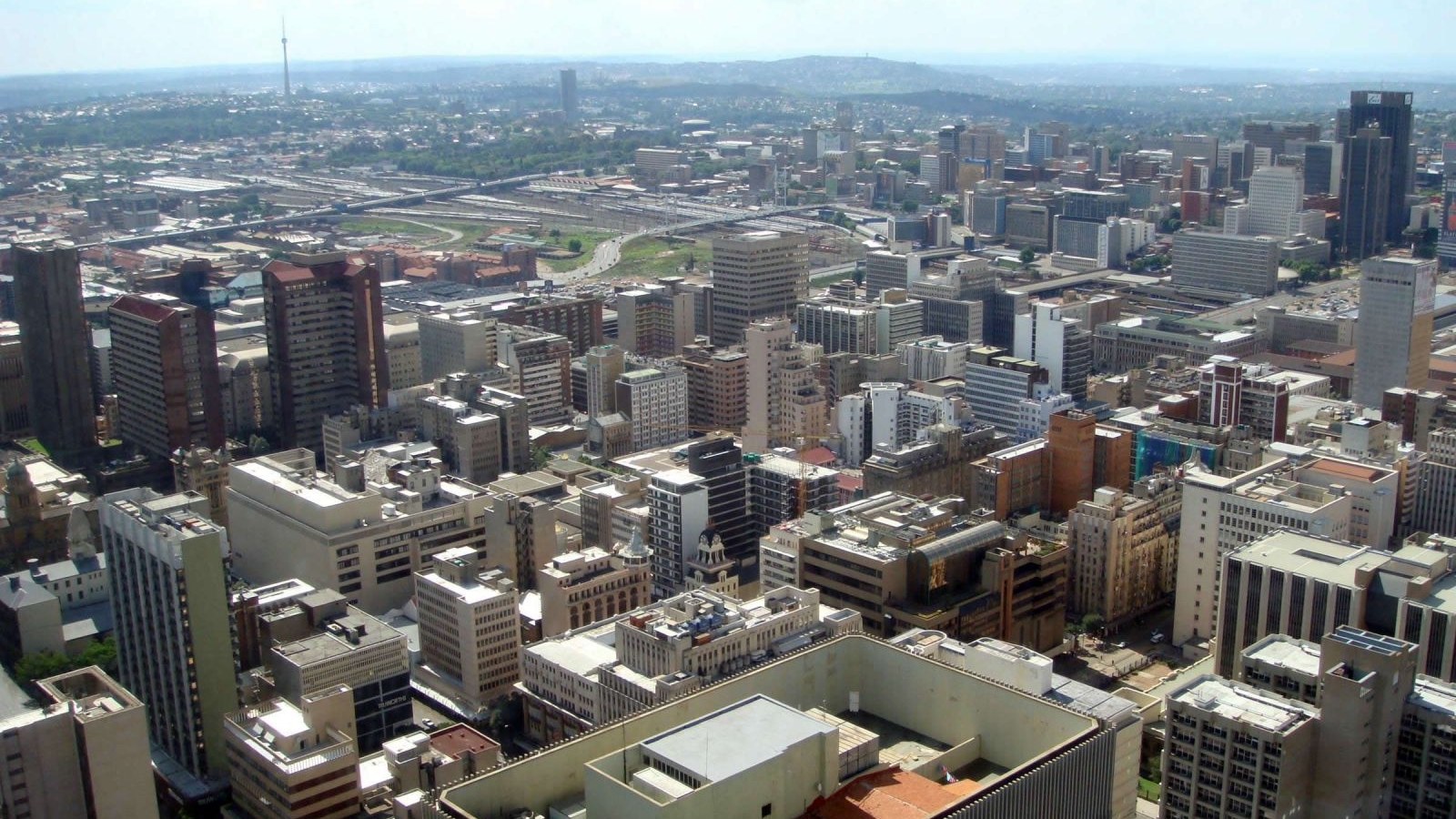By Alireza Saniei-Pour
Twenty years after South Africa’s transition to democracy, inequality continues to be a major concern in the country, with stark contrasts between the haves and have nots. Troublingly, despite policy reforms aimed at reducing inequality, South Africa still has a two-tiered economy, and lacks the “stepladder” positions that allow for the growth of the middle class.
Current evidence shows that increasing wage differentials between people at the 90th and 50th percentiles are driving this persistent inequality. Contrary to the popular belief that inequality is growing between those at the top and bottom of the economy, it is the gap between the 90th and 50th percentiles that grew the fastest in the ten years after the transition to democracy. In fact, the wage distribution gap has decreased between both the 90th and 10th and the 50th and 10th percentiles, suggesting that is the inability to rise from the working and lower middle class that defines South African inequality. When considering real wages (wages irrespective of inflation), observations point to stagnation at the middle of the distribution. Recent evidence reveals that while large gains were made at the 90th percentile as well as the 10th in respect to the median level, those at the middle of the distribution have not benefitted in real terms.
Given the current emphasis on the rise of the African middle class, understanding the factors that contribute to the existing wage inequality – and the resulting difficulties of entering the middle class, is crucial.
The persistence of high wage differentials in the middle class is reflective of a dividing line that separates the few skilled workers from the majority who remain unskilled. With wages rising for skilled workers, the stagnation of wages in real terms for unskilled workers acts as a barrier to the exponential growth of the middle class. This is especially true in South Africa, where unlike in OECD countries, income per capita remains low. South African economist Reza Daniels has argued that “this kind of change has the potential to create a scarce skills shortage, where both absolute and relative shortages of [service] sector workers could be experienced.” Subsequently, an even higher skill premium is created for those in the position to take advantage of this scarcity. Thus, it is evident that the key to reducing the persistent wage inequality is to decrease the skills premium.
The distinction between skilled and unskilled workers has to do with different levels of education and training. According to the National Qualifications Framework, low/unskilled workers are those with pre-matric educational levels while intermediate and high-skilled workers are those who have enrolled in learnership programs or pursued a higher education degree, respectively. In order to decrease the skill premium, education and training levels needs to increase. Higher education levels not only have a positive correlation with higher productivity, but as a result of the decrease in wage inequality they also contribute to the expansion of the middle class.
In a recent paper for the Southern Africa Labour and Development Research Unit, economists Miquel Pellicer and Vimal Ranchhod show how “high inequality leads to low levels of skill accumulation, which in turn consolidates the high levels of inequality.” This is particularly true in the transition to tertiary education, where despite a high return on the skills gained, access to higher education remains limited. In South Africa, both the inability to access credit markets and the opportunity costs of sending a child to college have proven to be major barriers for low-income families that cannot reach a sufficient level of education to overcome the skills gap.
Creditors place a premium on family background, where a privileged cycle exists for families in the top percentiles and a vicious one for those with lower incomes. From a financial institution’s point of view, the perceived risks in terms of moral hazard and asymmetric information are greater for those coming from lower echelons. Furthermore, financial institutions perceive higher default risks for low-income applicants as the ratio of loan to total wealth is greater. This creates an imperfect market that favors the affluent in expense of the poor.
Opportunity cost— in this case, the opportunity to engage in economic activities that one forgoes while pursuing higher education— is another barrier to tertiary education for poor and working class families. Although the rate of return for pursuing tertiary qualification is high, young adults in poor communities often work and play a meaningful role in supporting their families. Their position as breadwinners by necessity makes current wages more important than the foreseeable benefits of continuing school. Since children can earn more the older they get, the opportunity cost of education increases with age, and it becomes more likely that children will leave school with each year they progress.
Wage inequality in present-day South Africa is driven by a skills premium that has grown due to both technological change and prevailing poverty traps that prevent the unskilled segments of the population from gaining an education that would allow them to access the skilled labor force, and thus the middle class. Accordingly, any proposed policy solution, or any effort to make South Africa’s middle class a meaningful engine of growth and development, must take these factors seriously.
*****
*****
Alireza Saniei-Pour is a Canadian postgraduate economist and research contributor for Fireside Research. He is based in Cape Town, South Africa, affiliated with the University of Cape Town.
[Photo courtesy of Jorge Láscar]
